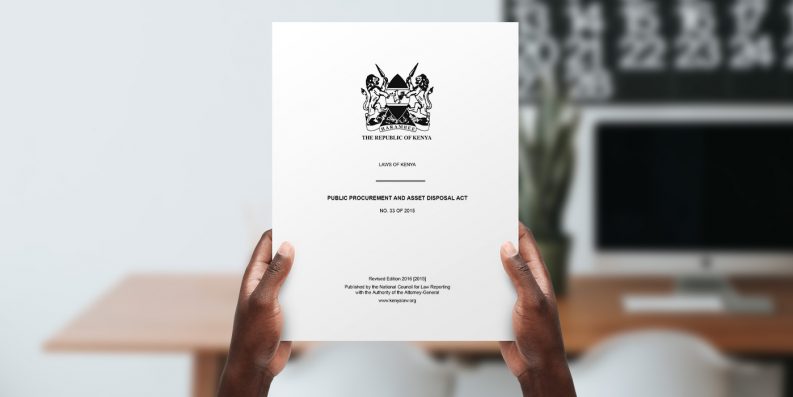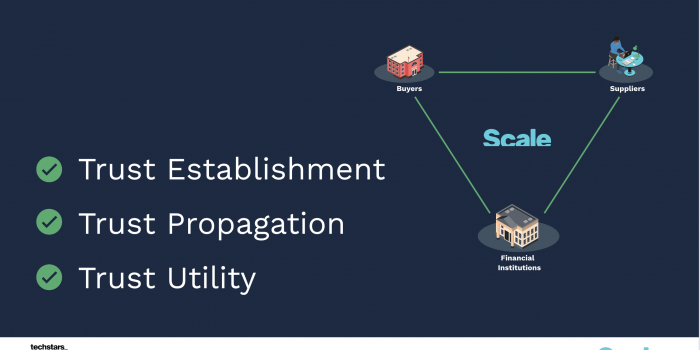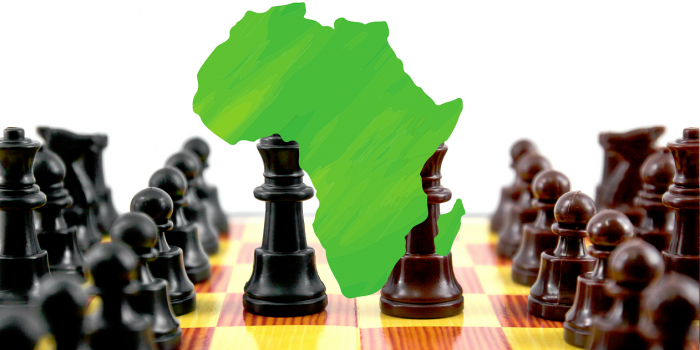Getting Started with Public Procurement in Kenya
Despite the considerable impact that public procurement has on the country’s GDP, many SMEs and entrepreneurs struggle to understand the foundation of how this sector actually works.

Public and private-sector procurement account for a very sizable percentage of global economic output. Reports from Chatham House (2017) and the World Bank (2015) show that Governments alone spend $9.5 trillion each year procuring goods and services while for developing countries, this figure stands at $820 billion annually. Despite the considerable impact that public procurement has on country’s GDP, many SMEs and entrepreneurs struggle to understand the foundation of how this sector actually works. public procurement kenya
The Public Procurement Regulatory Authority of Kenya (PPRA) defines Public Procurement as ‘the purchase of commodities and contracting of works and services by the Government; utilizing state budgets, local authority budgets, state’s foundation funds, domestic or foreign loans guaranteed by the state, foreign aid as well as revenue received from the economic activity of the state’. It is important to note that Public Procurement in Kenya is governed and guided by an ACT enacted by the Parliament to provide procedures for efficient public procurement and for assets disposal by public entities as envisioned in the Constitution (2010).
To better understand this, we shall provide a high level review of the basic structure (based off the Act) of how the sector is organized from the following two perspectives; the procurement categories and the procurement methods.
A. Definition of Procurement Categories
In Kenya, the PPRA provides a general breakdown of procurement categories into the following:
1. Supply of Goods
Goods are physical products purchased or manufactured on request. Sometimes, there is an element of service involved, such as when the agreement is for the purchase of goods to be assembled or installed. However, the extent of the service provided is directly related to acceptance of the goods purchased. Typical examples of goods are: office supplies and equipment, furniture, IT equipment, books, vehicles, medical supplies and other commodities.
2. Works and Construction
Works are related to civil works; this includes new construction and maintenance of structures of all kinds (buildings, roads, highways, bridges, etc), renovations, extensions, and repairs. This category can also include, water and sanitation, transportation and electrical plant infrastructure.
3. Provision of Services
Services are classified as consulting services and non-consulting services. In some cases, they are simply classified as services because of the difficulty in clearly determining the difference. The distinguishing factor between the two, however, is the degree of importance of the measurable physical output of the requirement and the technicality of the services required.
- Consultancy Services – Consulting services are intellectual in nature and are considered technical services the output of which is not equipment intensive. Advisory and project related services are typical consulting services; which includes: feasibility studies, project management, engineering services, finance and accounting services, training and development, to mention a few.
- Non-consultancy Services – This involves the use of equipment and specific methodologies to achieve a measurable physical output. Some typical examples of non-consulting services are: equipment maintenance and repair, operation and maintenance services, utility management, installation and maintenance services, surveys and field investigations, catering, mapping and cadastral, health care and travel arrangements.
B. Different Types of Procurement Methods
Subject to the Public Procurement and Assets Disposal Act, an accounting officer of a procuring entity is allowed to undertake the procurement goods, works or services by using a method which may include any of the following:
- Open tender
- Two-stage tendering
- Design competition
- Restricted tendering
- Direct procurement
- Request for quotations
- Electronic reverse auction
- Low value procurement
- Force account
- Competitive negotiations
- Request for proposals
- Framework agreements
- any other procurement method and procedure as prescribed in regulations and described in the tender documents
According to the Procurement Laws, open tendering shall be the preferred procurement method for procurement of goods, works and services. The procuring entity may use an alternative procurement procedure only if that procedure is allowed and satisfies the conditions under the Procurement Act for use of that method.
There’s much more to learn…
Understanding public procurement will take much more than reading two sections of a single blog article. For example, the procurement methods are extremely detailed while the categories are further broken down based on the requirement defined by the Act. Therefore, this is just an introductory article to help you understand where you and business fall in the wider scheme of things.
Look out for our next article where we get to define each procurement method and the actual process involved in each. In the meantime, you can get yourself a copy of the Procurement Act. In case of any specific questions, post it in the comment section below and we will reply to each question and/or comment.
This article is part of the Procurement Methods series.








